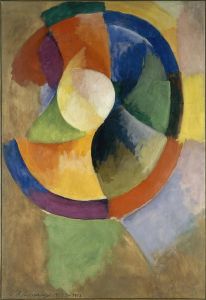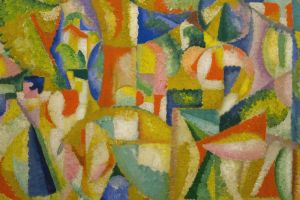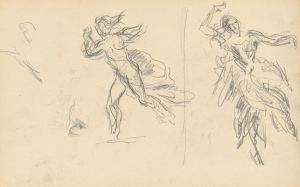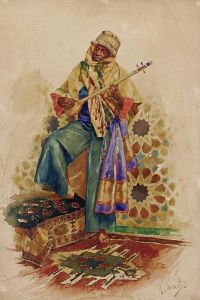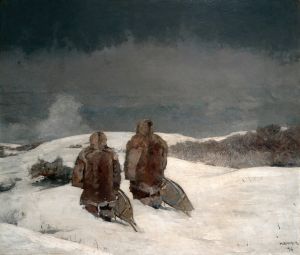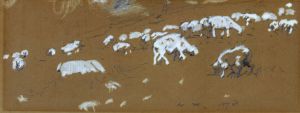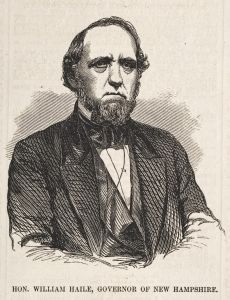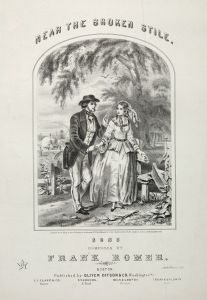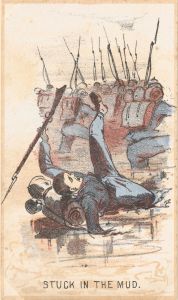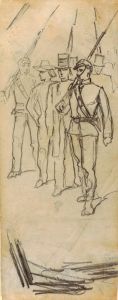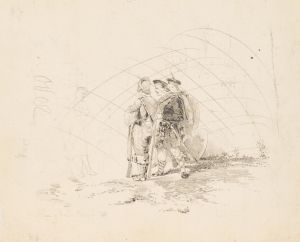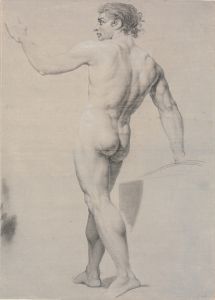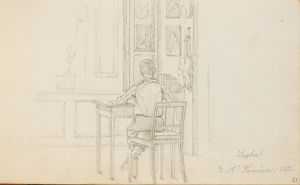
Drummer Seen from the Back
A hand-painted replica of Winslow Homer’s masterpiece Drummer Seen from the Back, meticulously crafted by professional artists to capture the true essence of the original. Each piece is created with museum-quality canvas and rare mineral pigments, carefully painted by experienced artists with delicate brushstrokes and rich, layered colors to perfectly recreate the texture of the original artwork. Unlike machine-printed reproductions, this hand-painted version brings the painting to life, infused with the artist’s emotions and skill in every stroke. Whether for personal collection or home decoration, it instantly elevates the artistic atmosphere of any space.
"Drummer Seen from the Back" is a watercolor painting created by the American artist Winslow Homer. Known for his mastery of watercolor and his ability to capture moments of everyday life, Homer painted this work in 1865, during the final year of the American Civil War. The painting depicts a drummer boy, viewed from behind, dressed in a military uniform and holding drumsticks. The figure is positioned in a naturalistic outdoor setting, with a focus on the solitary figure and his role within the broader context of the war.
Winslow Homer is widely regarded as one of the most significant American artists of the 19th century. He began his career as an illustrator, creating works for publications such as Harper's Weekly. During the Civil War, Homer worked as a war correspondent and artist, documenting scenes from the battlefield and military life. His experiences during this time deeply influenced his art, and many of his works from this period reflect the human side of the war, often focusing on soldiers, camp life, and the emotional toll of the conflict.
"Drummer Seen from the Back" is an example of Homer’s interest in the lives of ordinary individuals during the war. Drummer boys were a common subject in Civil War imagery, as they played a crucial role in military communication, relaying orders through drum signals. These young musicians, often just boys, became symbols of youthful innocence amidst the harsh realities of war. In this painting, Homer’s choice to depict the drummer from behind creates a sense of introspection and anonymity, emphasizing the universal experience of those who served rather than focusing on the identity of a specific individual.
The painting is executed in watercolor, a medium that Homer increasingly favored later in his career. His skillful use of the medium is evident in the delicate rendering of textures and the subtle interplay of light and shadow. The composition is simple yet evocative, with the figure of the drummer standing out against the muted tones of the background.
"Drummer Seen from the Back" is part of the collection of the Cooper Hewitt, Smithsonian Design Museum in New York City. It remains an important example of Winslow Homer’s early work and his ability to convey complex themes through seemingly straightforward imagery. The painting reflects both the artist’s technical skill and his sensitivity to the human aspects of historical events.





